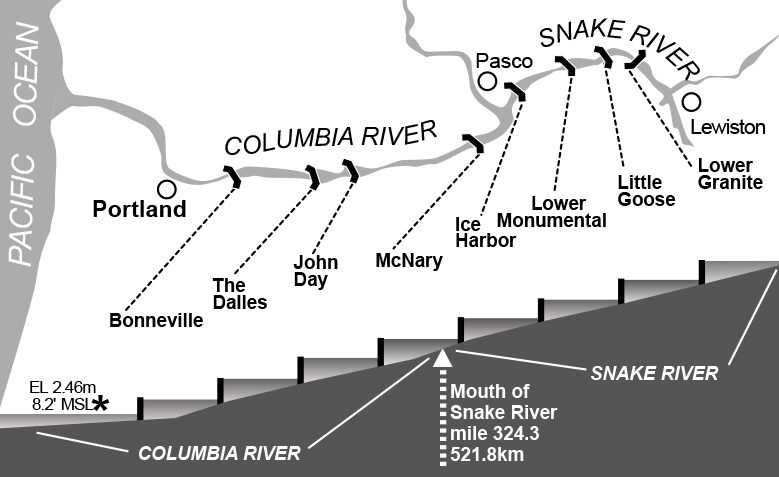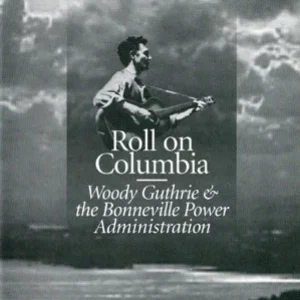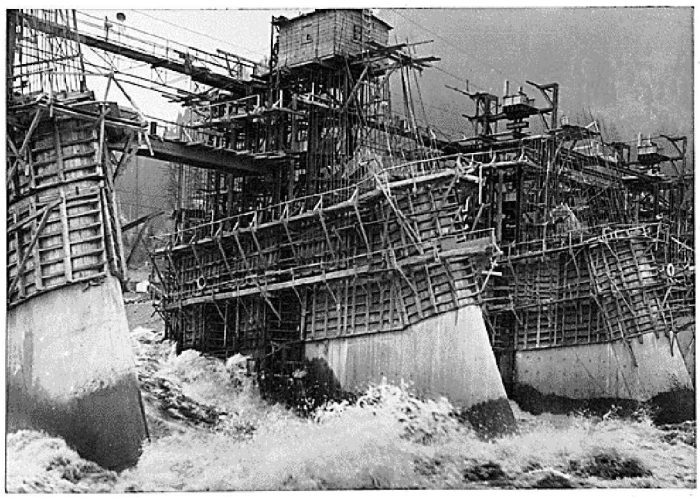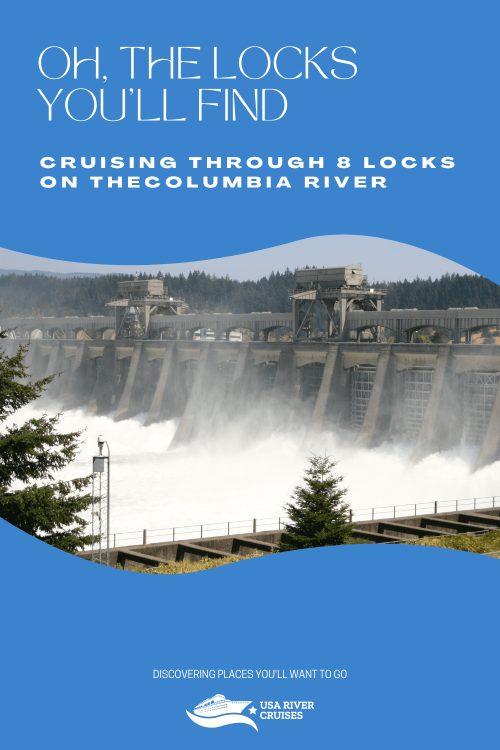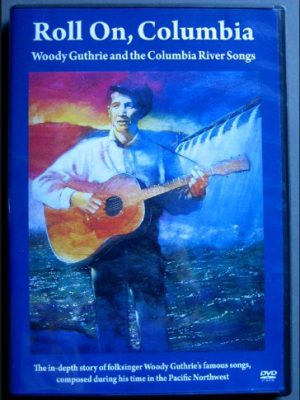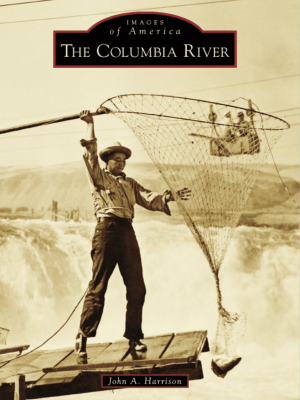
by Dawn Woolcott
Traveling through locks on the Columbia and Snake rivers
They may not be the lochs of Scotland, but rather navigation locks. There might be more than you think!
Rivers naturally travel downhill – whether the slope is gentle or dramatic. Ships traveling by river have long required a little help in navigating the angle many rivers flow. Rather than fight the current, engineers installed locks to help level off the water flow, much like a staircase helps you gain or descend in elevation.
Many travelers are fascinated by the locks on rivers and the mechanics involved in raising and lowering water levels. Each lock can be a little bit different, depending upon the time and location in which it was built. Did you know there are 29 locks on the Mississippi River alone? While the Columbia River isn’t quite as long as the Mississippi River, it does hold 8 locks you’ll travel through if you cruise the entire length.
Top photo credit: Kirk Edblom/Flickr
The Columbia/Snake River itinerary travels through 8 locks between Astoria and Lewiston:
- Bonneville Dam
- The Dalles
- John Day
- McNary
- Ice Harbor
- Lower Monumental
- Little Goose
- Lower Granite
The US Army Corps of Engineers and their Portland and Walla Walla districts maintain about 350 miles of the federal navigation channel from Portland, Oregon to Lewiston, Idaho. Ten million tons of commercial cargo, valued between $1.5 to $2 billion, is transported through the system each year, according to navigation industry data.
Cruise ships often travel through many of these locks while guests are sleeping, but some are traversed during daylight hours. To clear a lock averages about 30 minutes and can be a fascinating experience while aboard. In mid-March, the locks are all closed to navigation for annual inspections and maintenance, thus you won’t find cruise ships sailing during that time. The Walla Walla District operates some of the highest lift locks in the world, with an average lift of more than 100 feet. The District’s five navigation locks passed over 15,000,000 tons of cargo and commodities in 2020. McNary alone accounted for almost 5,000,000 tons. Over 80% of this was wheat and rye products, and 4% was fuel for vehicles and home heating. Wood and fertilizer products constituted most of the remaining tonnage.
The construction of any dam invites plenty of criticism for unintended consequences, as well as the enormous changes they can bring to the natural landscape. For example, by building Bonneville Dam, the nearby Celilo Falls were completely submerged, once a traditional fishing ground for Native Americans. As a way to sell the concept of the government creating a major dam on the river and supplying the area’s electricity, rather than a collection of smaller electric companies, the Bonneville Power Administration hired folk singer Woody Guthrie to write songs and harness the power of music to write songs for their cause. In one song, Guthrie sings:
Guthrie was only available for one month, so he spent the month exploring the area, meeting the people who lived in the area and worked building the dam, and writing 26 songs. It was his most prolific writing period of his entire career and probably the best $266 the Bonneville Power Administration ever spent. You can watch a clip of his music on our Youtube Channel or read a story about this period in the book “26 Songs in 30 days” by Greg Vandy and Daniel Person.
Bonneville Lock & Dam, is the dam closest to Portland and Vancouver. Built and operated by the U.S. Army Corps of Engineers, it was the first federal lock and dam on the Columbia and Snake rivers. The project’s first powerhouse, spillway and original navigation lock were completed in 1938 as part of President Franklin D. Roosevelt’s New Deal. It was built to improve navigation on the Columbia River which had significant falls and rapids, known as Celilo Falls making navigation hazardous. It was also used to provide hydropower to the Pacific Northwest. Today, the project is still a critical part of the water resource management system that provides flood risk management, power generation, water quality improvement, irrigation, fish and wildlife habitat and recreation along the Columbia River. The site was declared a National Historic Landmark in 1987.
The Dalles Lock and Dam is one of the ten largest hydropower dams in the United States. Since its completion in 1957, it has provided the Pacific Northwest with a reliable water source for hydropower, navigation, recreation, fish passage, irrigation, and flood mitigation. Since its construction, the dam has generated more than 9.2 billion kilowatt hours of electricity. The dam is 192 miles upriver from the mouth of the Columbia River and two miles east of the city of The Dalles, Ore.
The John Day Lock & Dam is located 216 miles upriver from the mouth of the Columbia River near the city of Rufus, Oregon. Dedicated in 1968, construction of John Day Lock & Dam was completed in 1971. The project consists of a navigation lock, spillway, powerhouse and fish passage facilities.
McNary Dam is 7,365 feet long, rising approximately 183 feet above the streambed.The spillway is a concrete, gravity-type spillway dam containing 22 vertical lift gates. The crest is at elevation 291 feet and is designed to pass a flood of 2,200,000 cubic feet per second.
Ice Harbor Lock and Dam consists of the dam, powerhouse, navigation lock, two fish ladders, a removable spillway weir, and a juvenile fish bypass facility. It provides navigation, hydroelectric generation, recreation and incidental irrigation. Located upstream of McNary Lock and Dam and Lake Wallula, Ice Harbor Dam is 2,822 feet long with an effective height of 100 feet.
Lower Monumental Dam includes the dam, powerhouse, navigation lock, two fish ladders, a juvenile fish facility, and facilities providing for hydroelectric generation, recreation, and irrigation. The dam is located at the head of Lake Sacajawea, the reservoir created by Lower Monumental Dam. It is 3,791 feet long, with an effective height of about 100 feet.
Little Goose Lock and Dam was authorized by the River and Harbor Act of 1945. Construction started in June 1963. The project includes a dam, navigation lock, power plant, fish ladder and appurtenant facilities. It provides navigation, hydropower generation, fish and wildlife habitat, recreation and incidental irrigation.
Lower Granite Dam consists of the dam, navigation lock, powerhouse, a fish ladder and associated facilities. The project provides hydroelectric generation, navigation, recreation and incidental irrigation. The dam, located at the upstream end of Lake Bryan, is about 3,200 feet long with an effective height of 100 feet.
A cruise on the Columbia River is one of the most scenic and exciting river cruises you’ll find. No matter what you cruise style is, you’re sure to find an option to enjoy this fascinating area. Whether you are looking for a leisurely cruise, an active-get-out-on-the-water exploring cruise, a short highlights cruise or a longer take-it-all-in cruise, you’ll find one you are sure to enjoy. While in the area, make sure to take advantage of the world-renown wines as you sail through the Walla Walla wine region. The Hood River area is a well known for its apples and cherries so you may want to try some local ciders or pie while there! You may want to ask about a culinary themed cruise or a wine tasting cruise. The USA River Cruise agents all live in this area, and can help you find the right cruise for you! Cruises come in several different price points, so take the time to look around our website, or give us a call at (800) 578-1479 (9-5 Pacific Time) and we can help you find the right cruise.
Columbia & Snake Rivers: Food, Wine, & History
Portland, OR to Clarkston, WA
- 7 Nights
- March 29, 2025,April 5, 2025,April 12, 2025--
3 more dates available. - From $6,851
- National Geographic Sea Bird

